Sebaceous hyperplasia is a common skin condition that causes small, waxy bumps to form on the skin. These bumps are caused by the enlargement of sebaceous glands, which are the glands that produce oil (sebum) to keep your skin lubricated.
Sebaceous hyperplasia is most commonly found on the face, particularly on the forehead, nose, and cheeks. It can also occur on other parts of the body, such as the chest, back, and shoulders.
The bumps caused are usually small, less than 5 millimeters in diameter. They are typically white, yellow, or flesh-colored and have a rough, sandpaper-like texture. Sebaceous hyperplasia is not usually painful or itchy.
Causes of sebaceous hyperplasia:
While the exact cause remains a bit of a mystery, several factors are believed to play a role:

1. Hormonal Changes:
- Androgens: These sex hormones, particularly testosterone, stimulate oil production in sebaceous glands. Fluctuations in androgen levels, for instance during puberty, pregnancy, menopause, or due to certain medications, can trigger overproduction of sebum and consequently, lead to sebaceous hyperplasia.
- Other hormones: Insulin, thyroid-stimulating hormone (TSH), and hydrocortisone have also been shown to influence sebocyte proliferation and could contribute to the development of sebaceous hyperplasia.
2. Genetics:
- Family history plays a role, suggesting a genetic predisposition to developing enlarged sebaceous glands. If your parents or siblings have sebaceous hyperplasia, you’re more likely to experience it too.
3. Aging:
- Sebaceous hyperplasia becomes more common with age, particularly after 40-50 years old. This is thought to be due to the gradual decrease in androgen levels, which disrupts the normal turnover of sebocytes within the glands, leading to their accumulation and enlargement.
4. Other Factors:
- Certain medications, like cyclosporine used for immunosuppression, can trigger sebaceous hyperplasia as a side effect.
- Sun exposure has been linked to the development of sebaceous hyperplasia, although its role is not fully understood.
In summary, the primary culprits are hormonal fluctuations, genetic predisposition, and aging. Other factors like medications and sun exposure might play a supporting role.
It’s important to note that sebaceous hyperplasia is harmless and doesn’t require treatment unless it bothers you cosmetically. If you’re concerned about the appearance of the bumps, consult a dermatologist who can discuss suitable treatment options.
Symptoms of sebaceous hyperplasia:
Sebaceous hyperplasia is primarily characterized by the appearance of small, waxy bumps on the skin. These bumps, while harmless, can be cosmetically concerning for some individuals. Here’s a breakdown of the key symptoms:

Appearance:
- Size: The bumps typically range from 1 to 5 millimeters in diameter, making them quite small and often noticeable only upon close inspection.
- Color: They usually appear flesh-colored, white, or slightly yellow, sometimes with a translucent quality.
- Texture: Sebaceous hyperplasia bumps have a rough, sandpaper-like texture due to the buildup of sebum within the enlarged glands.
- Location: While most commonly found on the face, particularly the forehead, nose, and cheeks, these bumps can also appear on other areas with abundant sebaceous glands like the chest, back, and shoulders.
- Quantity: Bumps can occur individually or in clusters, sometimes forming lines or patches.
Additional Characteristics:
- Painless and Itchy: Sebaceous hyperplasia bumps are typically painless and don’t cause any itching or discomfort.
- Slow Growth: They develop slowly over time and tend to persist unless treated.
- Bleeding: The bumps may bleed if accidentally picked at, irritated, or shaved over.
Remember:
- Sebaceous hyperplasia is easily confused with other skin conditions like acne, milia, and basal cell carcinoma. If you’re unsure about the bumps, consulting a dermatologist for proper diagnosis is crucial.
- Although harmless, the bumps can be cosmetically unappealing for some individuals. A variety of treatment options are available, so don’t hesitate to discuss them with your healthcare professional if you wish to remove or reduce the appearance of the bumps.
Types of sebaceous hyperplasia:
Here isn’t actually a strict classification for different types of sebaceous hyperplasia. However, there are some variations in appearance and location that can be helpful to know about:
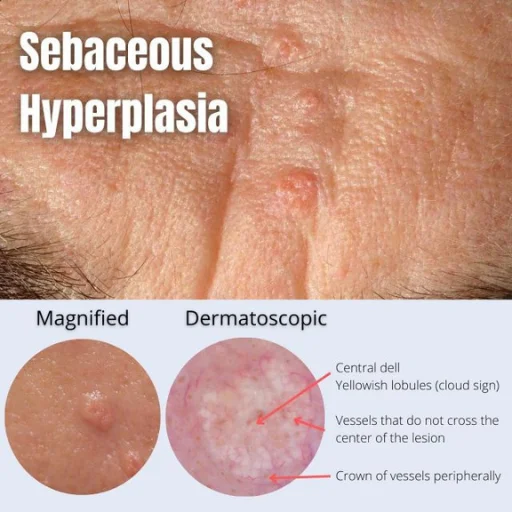
1. Facial Papular Sebaceous Hyperplasia: This is the most common type, featuring small, rounded bumps most often found on the forehead, nose, and cheeks.
2. Flat Sebaceous Hyperplasia: These bumps are flatter and smoother than the papular type, sometimes appearing almost like tiny whiteheads. They tend to occur on the chest, back, and shoulders.
3. Giant Sebaceous Hyperplasia: As the name suggests, these bumps are larger than usual, sometimes exceeding 5 millimeters in diameter. They usually appear on the nose or forehead.
4. Pedunculated Sebaceous Hyperplasia: These bumps have a small stalk or peduncle that connects them to the skin. They can occur anywhere on the body, but are most common on the eyelids and neck.
5. Sebaceous Adenoma: This rare variation forms a larger, dome-shaped lump that can be mistaken for a cyst or tumor. It typically appears on the face, especially the nose.
It’s important to remember that these are just variations within the same condition. Regardless of the type, sebaceous hyperplasia is harmless and doesn’t require treatment unless you find it cosmetically bothersome. Consulting a dermatologist can help you determine the best course of action for your individual case.
Diagnosing sebaceous hyperplasia:
Diagnosis typically involves a two-step approach:
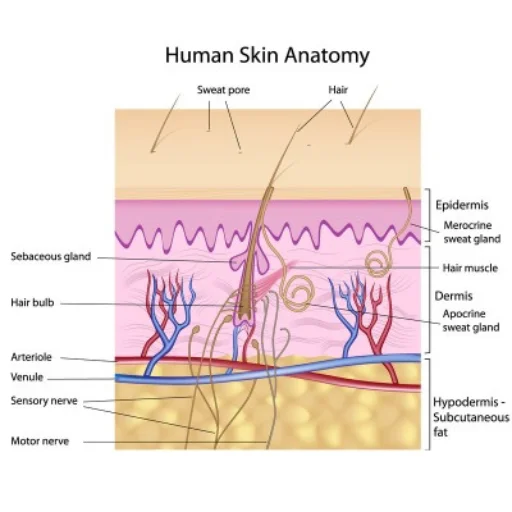
1. Clinical Examination:
This is the first and often sufficient step for diagnosis. Your doctor or dermatologist will visually examine the affected area, looking for the characteristic features of sebaceous hyperplasia, such as:
- Small, waxy bumps: Typically 1-5 millimeters in diameter, white, yellow, or flesh-colored with a rough texture.
- Location: Mostly on the face (forehead, nose, cheeks) but can also occur on chest, back, shoulders.
- Multiple bumps: Usually occurring in clusters or forming lines/patches.
- Slow growth and persistence: Develop gradually over time and tend to stay unless treated.
2. Additional Considerations:
- Dermoscopy: In some cases, your doctor might use a special magnifying device called a dermoscope to get a closer look at the bumps and differentiate them from other skin conditions with similar appearance.
- Biopsy: Although rarely needed, a biopsy, where a small tissue sample is taken and examined under a microscope, can definitively confirm the diagnosis if there’s any doubt or suspicion of another condition.
Here are some points to remember:
- Sebaceous hyperplasia is easily confused with other conditions like acne, milia, and basal cell carcinoma. Therefore, a proper diagnosis by a qualified healthcare professional is crucial.
- If you’re concerned about the bumps, don’t hesitate to consult a doctor or dermatologist. They can provide accurate diagnosis and discuss treatment options if you wish to remove or reduce their appearance.
Treatment of sebaceous hyperplasia:
While sebaceous hyperplasia is harmless and often requires no treatment, many people seek options to reduce their appearance due to cosmetic concerns. Here’s a rundown of the various treatment options available:
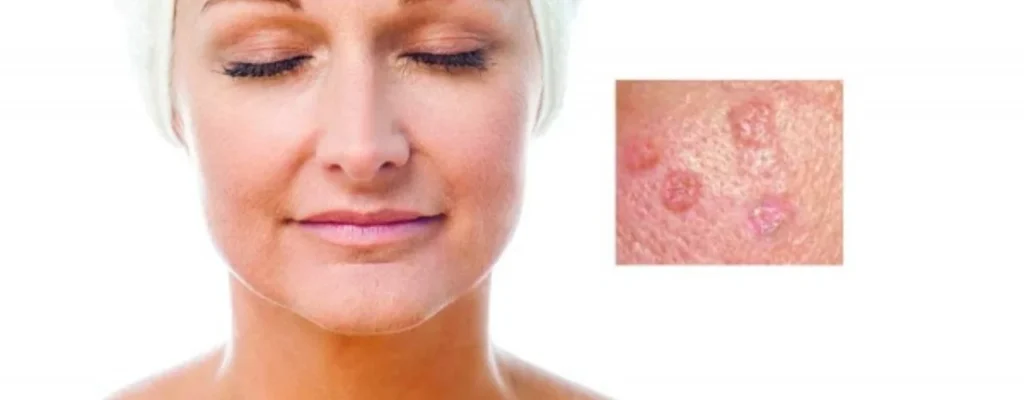
Topical Treatments:
- Retinoids: Topical retinoids, like tretinoin (Retin-A), are derived from vitamin A and promote skin cell turnover. They help shrink sebaceous glands and smooth the skin, gradually reducing the bumps. They require regular application and may take several months to show results.
- Salicylic acid: This gentle exfoliating agent can help unclog pores and remove excess sebum from around the bumps. It’s suitable for mild cases and can be used in conjunction with other treatments.
Professional Procedures:
- Chemical peels: Chemical peels use acids like glycolic acid or trichloroacetic acid to exfoliate the top layer of skin, removing dead cells and reducing the size of bumps. The depth and intensity of the peel will depend on the severity of your case.
- Electrocautery: This procedure uses a small electrical current to destroy individual bumps. It’s quick and effective but can leave temporary scabs and carries a risk of scarring.
- Cryotherapy: In this method, liquid nitrogen is applied to freeze the bumps, causing them to fall off gradually. It’s suitable for small, isolated bumps but can cause temporary discoloration and is less precise than other options.
- Laser therapy: Different types of lasers can be used to target and destroy sebaceous glands. Ablative lasers remove the top layer of skin, while non-ablative lasers target the glands directly. Lasers are effective for moderate to severe cases but are generally more expensive than other options.
- Microdermabrasion: This uses tiny crystals to physically exfoliate the skin, similar to a chemical peel. It’s less aggressive than other methods and suitable for mild cases but may not be effective for deeper bumps.
Other considerations:
- Oral isotretinoin: This powerful medication, used for severe acne, can also be effective for sebaceous hyperplasia. However, it has significant side effects and requires close monitoring, making it a less preferred option for most cases.
- Home remedies: While some anecdotal evidence suggests natural remedies like tea tree oil or apple cider vinegar might help, there’s limited scientific evidence to support their effectiveness and safety.
Remember:
- The best treatment approach depends on the severity of your sebaceous hyperplasia, your individual preferences, and your doctor’s recommendation.
- Some treatments may irritate the skin or cause temporary side effects. Discuss the potential risks and benefits with your doctor before deciding on a treatment.
- Sebaceous hyperplasia can recur after treatment, so maintenance strategies like skincare routines and regular follow-up appointments might be necessary.
Conclusion:
Sebaceous hyperplasia, while harmless, can be cosmetically concerning for some. Understanding its causes, recognizing the symptoms, and exploring the various treatment options empowers you to make informed decisions. Remember, consultation with a qualified healthcare professional is key to accurate diagnosis and effective management. Whether you choose topical creams, professional procedures, or simply prioritize gentle skincare, there’s a path to tackling those sebaceous bumps and achieving smoother, more confident skin.
Derma and Dental Clinic:
Derma & Dental Clinic stands out with its team of experienced doctors backed by scientific evidence in their chosen fields. Their diverse range of medical-grade procedures offer tailored solutions for various skin and dental needs. You can confidently book your consultation online or by phone and embark on your journey towards healthier skin and a radiant smile.
Location: Bahria Town, Lahore
Specialties: Dermatology and Dental Care
Website: Derma.pk
For Consultation:
- Online at Dermatology.pk
- WhatsApp: +923205999650
- Phone: 03041115000
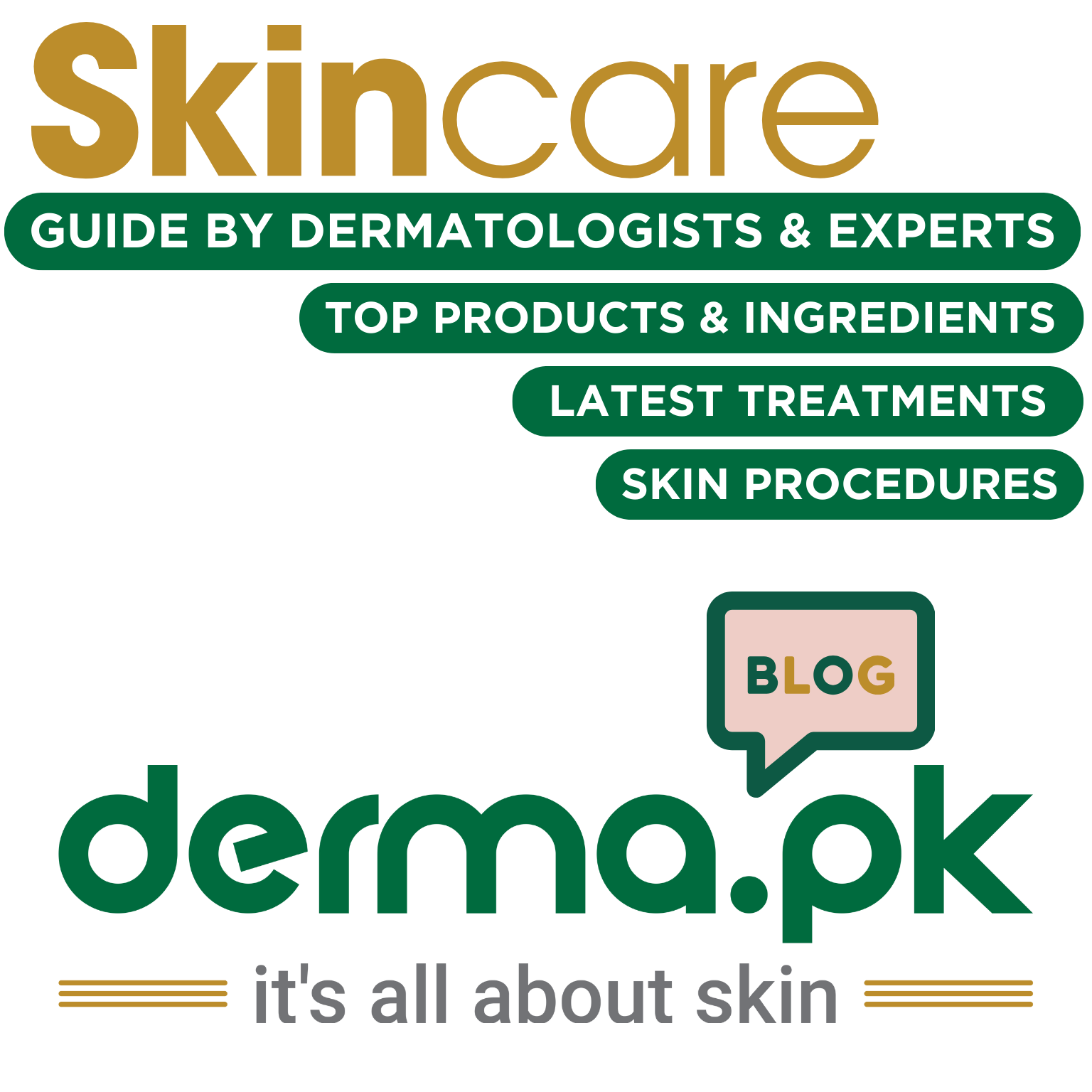
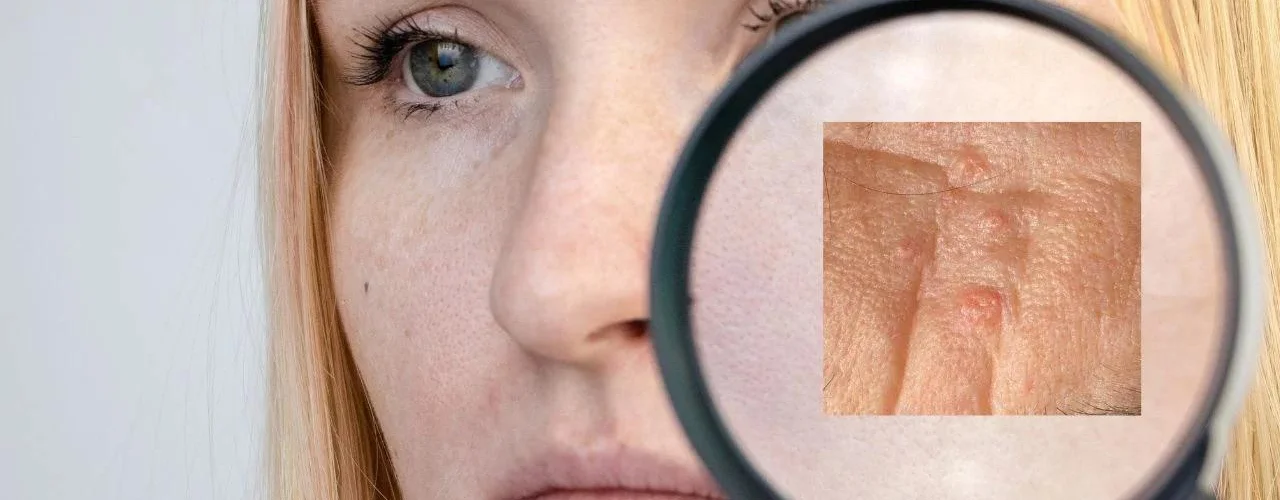



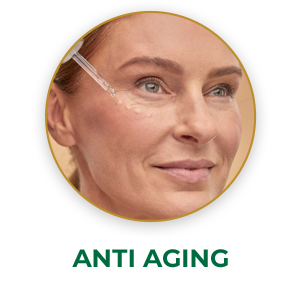








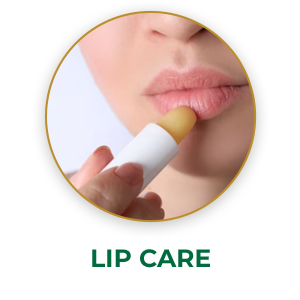





[…] Sebaceous Hyperplasia: Harmless Bumps or Cosmetic Concern […]
Some really superb info , Sword lily I found this.